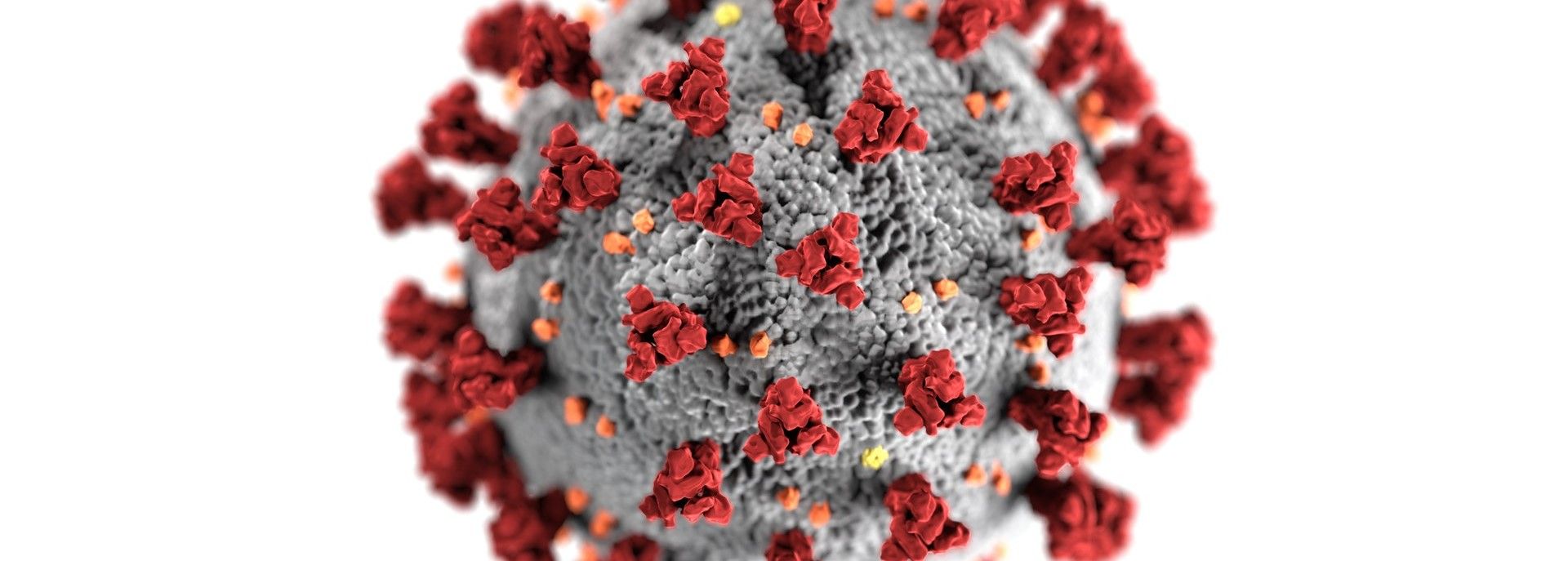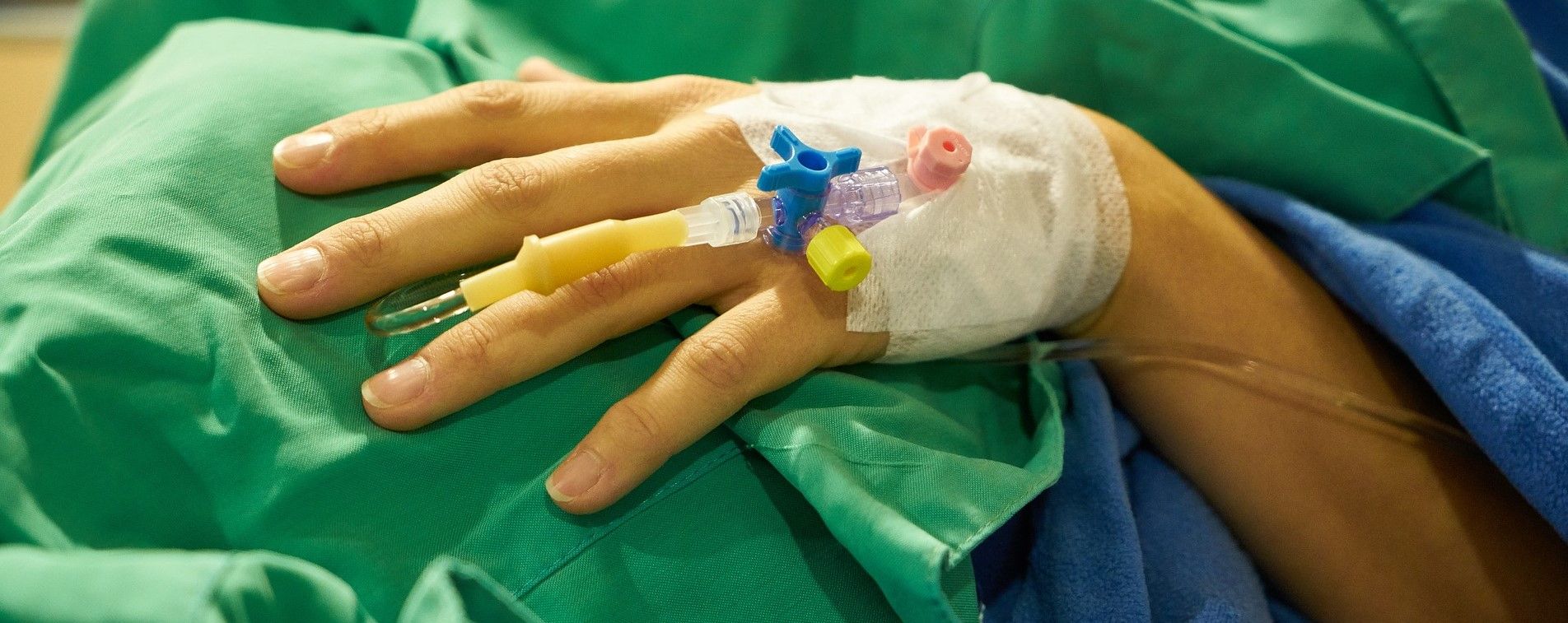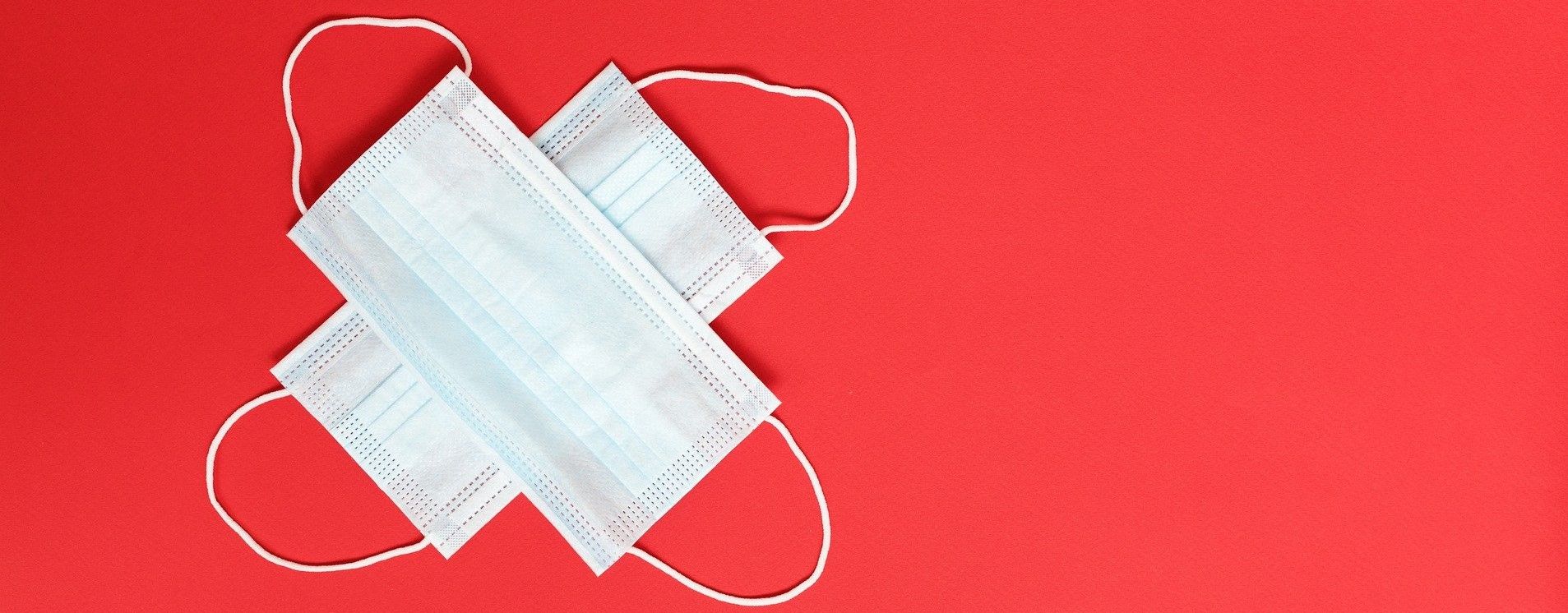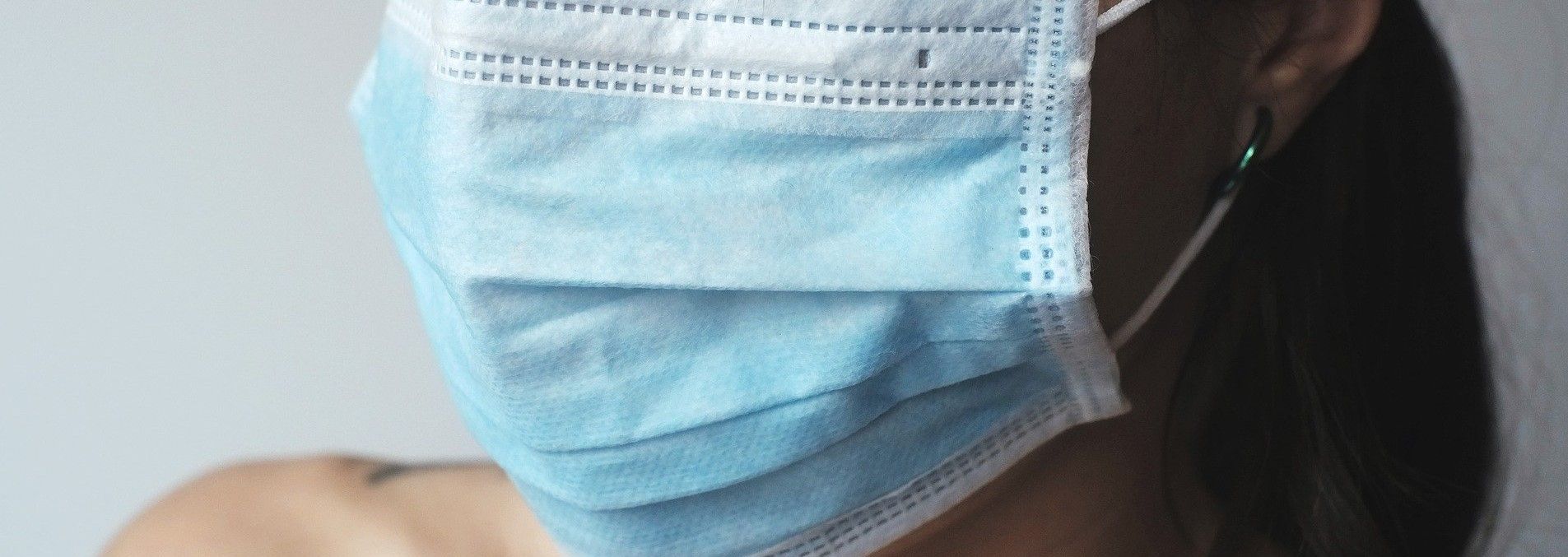The coronavirus pandemic has made the world ever-more aware of the dangers of infection. The concept of keeping clean is forever attached to staying healthy.
But while governments and health agencies remain focused on the simple essentials of washing hands and social distancing, nanotechnology researchers have provided two new ways to combat illness from pathogens.

The first approach is based on a discovery made at the Swiss Federal Laboratories for Materials Science and Technology (EMPA) which has found a way to give bandages antibacterial properties by electrospinning fine membranes from cellulose.
The cellulose fibres, each measuring in the hundreds of nanometres in diameter, are spun into multiple layers to form a three-dimensional fabric. The addition of a polymer polyurethane helps to stabilise the material while also maintaining a degree of flexibility.
However, it is the inclusion of peptides which gives the fabric its exceptional antibacterial qualities.
As the research centre’s press release explains, “In order to achieve an antibacterial effect, the researchers designed multifunctional peptides – which can bind to cellulose fibers and exhibit antimicrobial activity.”
While tests showed that the peptides were harmless to skin cells, they were fatal for bacteria such as staphylococci, a pathogen commonly found in infected cuts.
“In bacterial cultures, over 99.99 percent of the germs were killed by the peptide-containing membranes,” says the study’s lead researcher Prof. Katharina Maniura from the Biointerfaces lab in St. Gallen.

Maniura hopes that in the future these antimicrobial membranes could be given additional properties to aid healing.
“The peptides might, for instance, be functionalized with binding sites that enable the controlled release of further therapeutic substances,” says Maniura.

The second way that nanotechnology is improving public health is through the application of nanoparticles in fabrics to create antiviral and antibacterial textiles.
One such product using this technique is called NANO AB PC-22 which employs nanoparticles of copper, zinc, silver, gold, and cerium to kill pathogens on contact.
The application process is suitable for both manmade and natural fibres, and results in a material that is as durable and washable as any non-treated textile.
While the coronavirus pandemic has made this nanotechnology ideal for use in face masks, nanoadditives could be added to numerous other cloth items, such as bandages, doctor’s gowns, hospital sheets, pillowcases, and nurse’s uniforms.

Made by the Czech company AG CHEMI GROUP (who host this webpage), NANO AB PC-22 could drastically increase the effectiveness of masks and reduce the risk of hospital infections.
As Igor Sevcenko, the company’s CEO and founder explains, AG CHEMI GROUP can now produce a fabric with, “active bactericidal affects which kill 99.99% of all known bacteria and viruses.”

The product is similar to the work conducted by Prof. Robert Burrelland his colleagues who have focused on nanoparticles of silver as a means to give bandages antibacterial properties. This work is based on the way that silver ions block microbes' cellular respiration, in effect smothering the pathogens until they die. Specifically focusing on the treatment of burn victims whose damaged skin leaves them at a much higher risk of infection.
The modern world has never been more focused on how to limit bacteria and viruses. Bandages and masks may be simple barriers against infection, but nanotechnology is making them a much stronger defence.
Photo credit: Juraj Varga from Pixabay, Orna Wachman from Pixabay, Engin Akyurt from Pixabay, Anastasia Gepp from Pixabay, Pixabay, HeungSoon from Pixabay, & CDC from Pexels